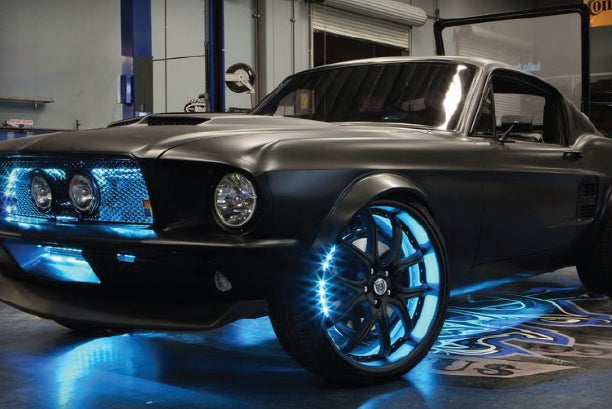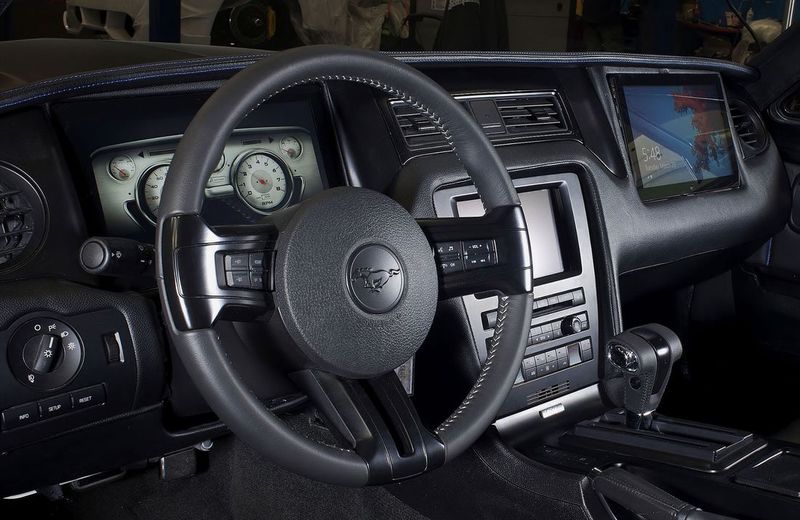By Renèe Crist, ACM Collections Manager
The Pierce-Arrow Motor Car Company of Buffalo, New York, produced some of the finest automobiles made for thirty-eight years. For over 20 years, Pierce-Arrow was the car of choice by the White House for the use by the President. The Pierce-Arrow was considered the American equivalent of Rolls-Royce, making this example one of the finest cars available in 1916.
There were approximately 2,004 Model 38-C4’s produced in 1916, and this Brougham Limousine was just one of the seventeen body styles that were available. The car sits on its original chassis and body on a 134-inch wheelbase. It is powered by its original a 6-cylinder engine with 38 hp, 4-inch bore on a 5 ½ inch stroke. Some luxury features on the car include an electric clock, intercom to the driver from the rear seat, and crystal flower vases in the rear passenger compartment. The base price new was $5,350.
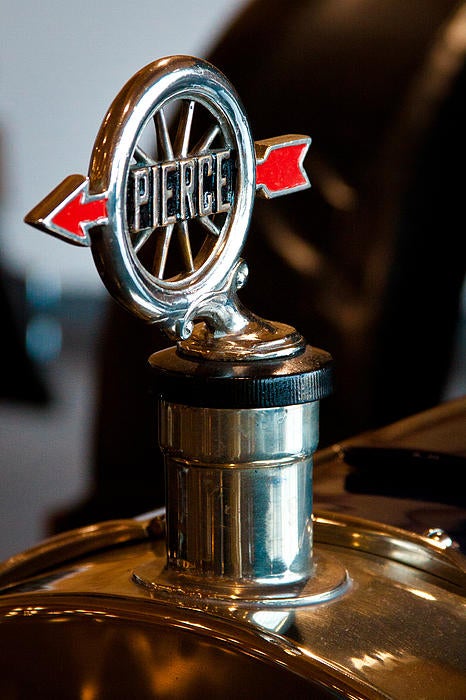
This 38-C represents the Nickel Period, referring to the plating process used on automobile brightwork. The car is an especially important piece of automobile history since Nickel Period cars were often overlooked in favor of the earlier Brass Period and the later Chrome Period. Many Nickel Period automobiles have been lost or their original nickel mistakenly chromed in later restorations. This 38C-4 Brougham Limousine was restored to its current condition in 1964 by Lambert Lobberegt for his private collection of fine classic vehicles Issaquah, Washington. Harold LeMay acquired the car for his collection from the Lobberegt Estate in 1997. The car was donated to LeMay-America’s Car Museum in 2003.
A fine representation of automotive design and elegance, the car has been presented on the lawn at The Pebble Beach Concours d’Elegance in 2005, Forest Grove Concours d’Elegance in 2006, Rocky Mountain Concours d’Elegance in 2007, and the Kirkland Concours d’Elegance in 2006 and 2011.
Recognized as a Full Classic by the Classic Car Club of America (CCCA), the car has been featured on exhibit in the Classics and Coachwork Exhibit at America’s Car Museum.
Read More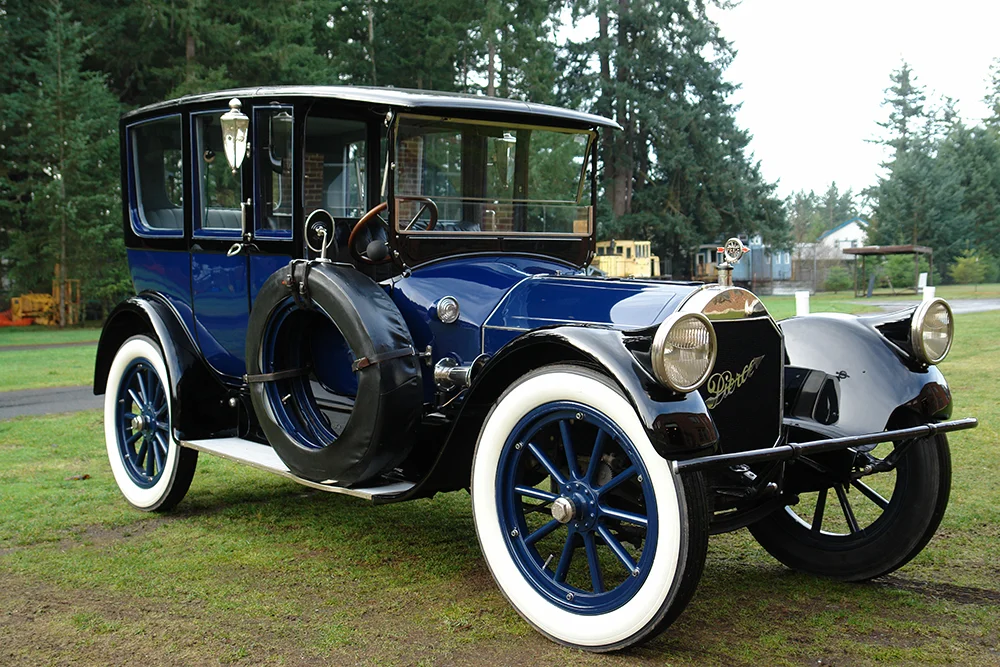
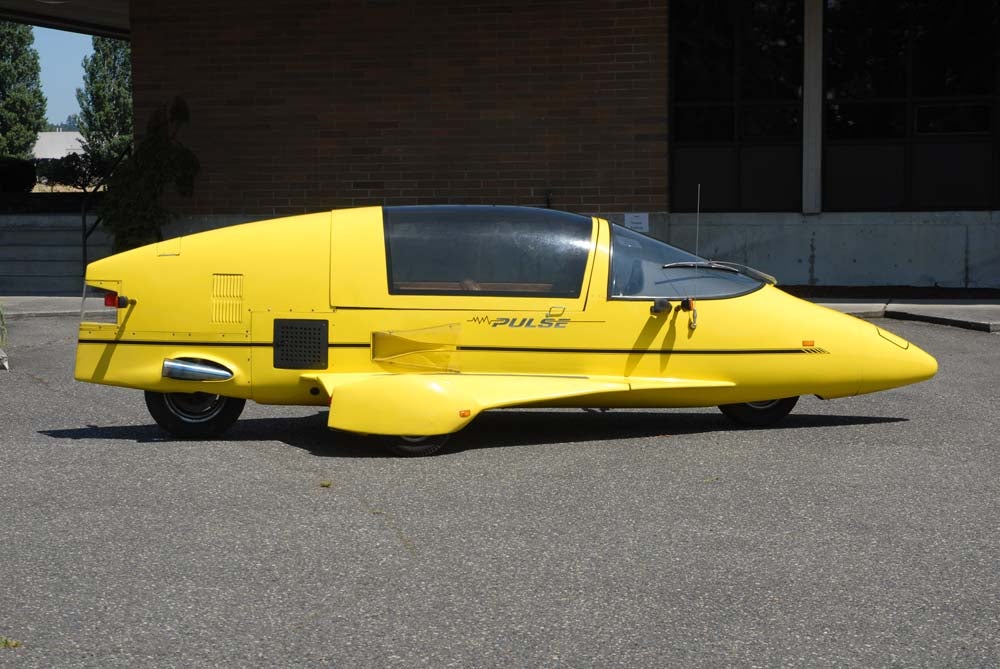
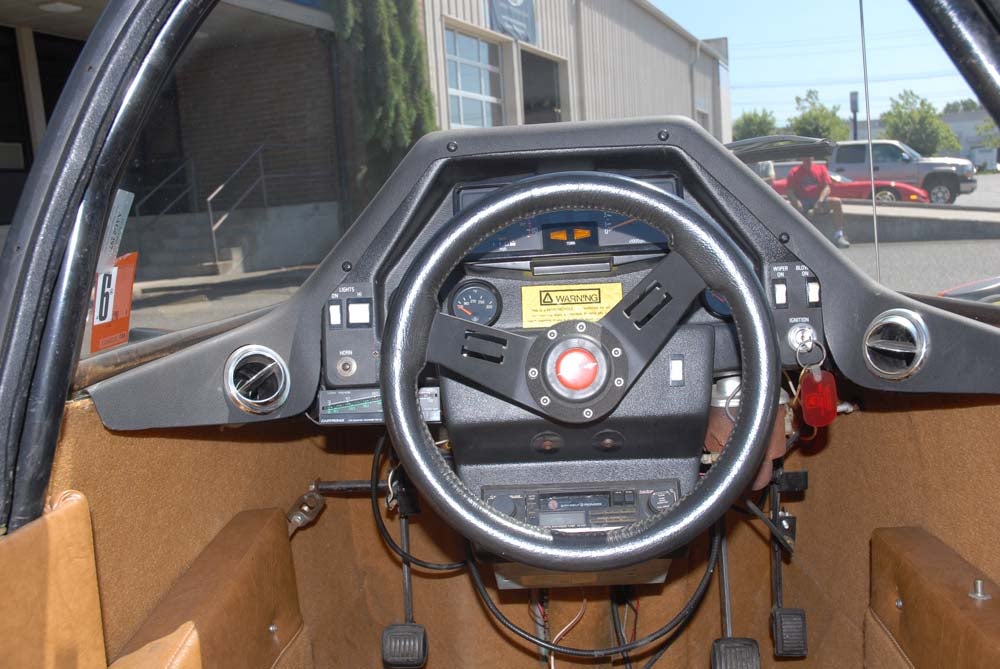
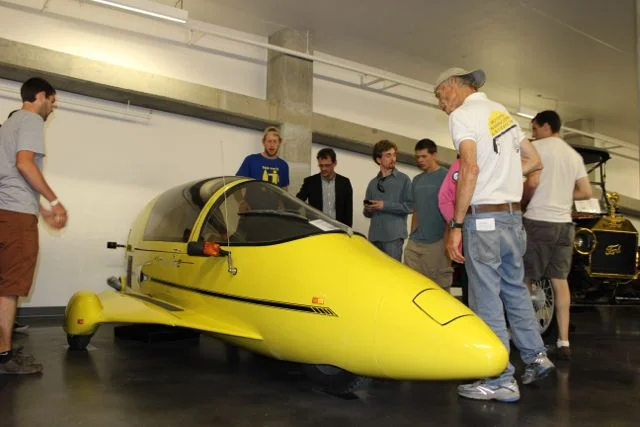
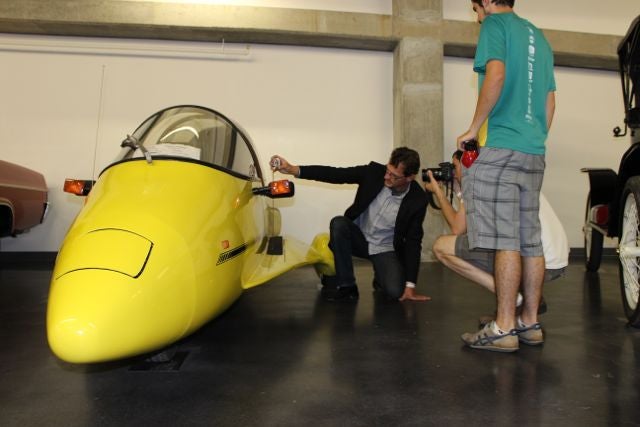
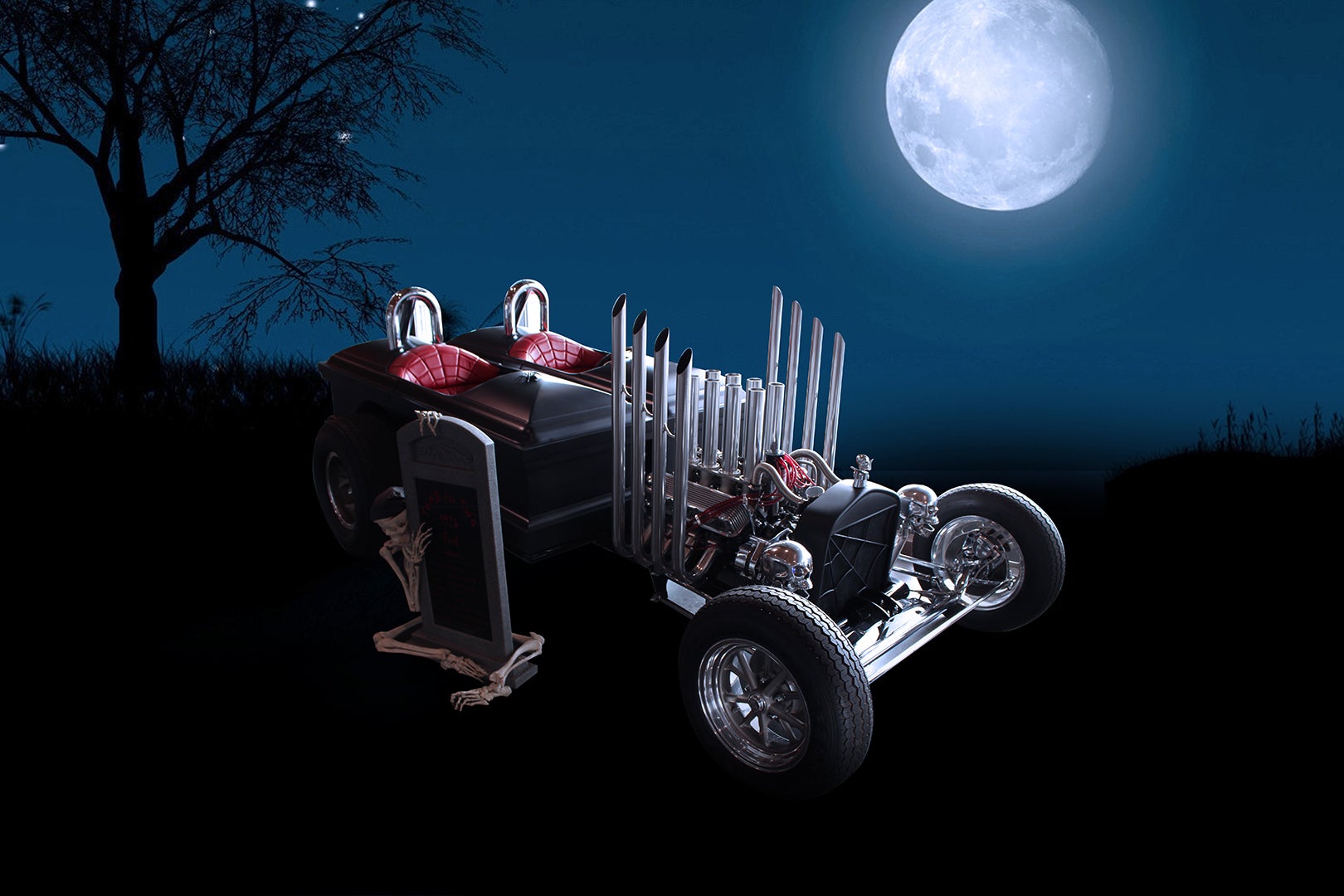
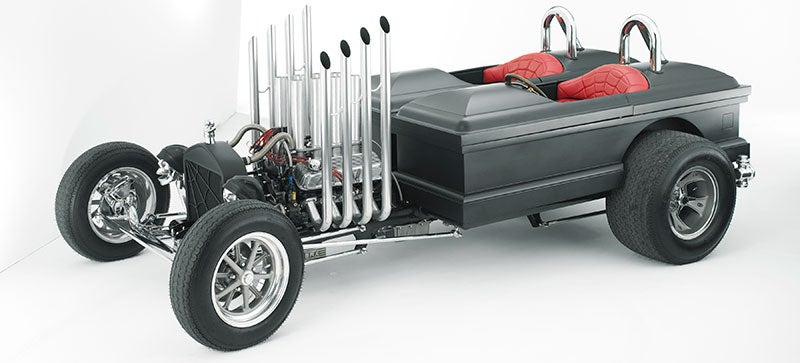
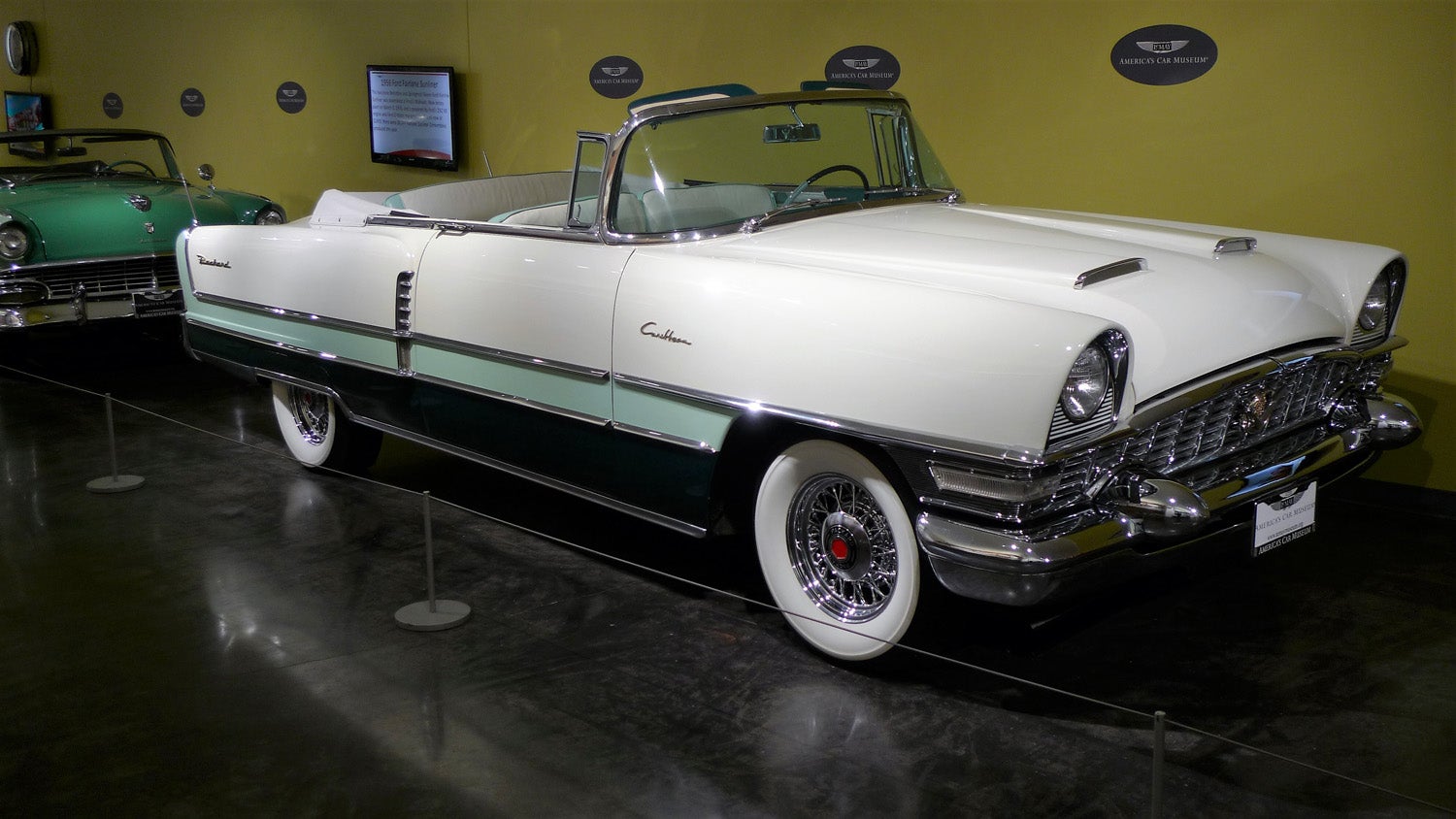
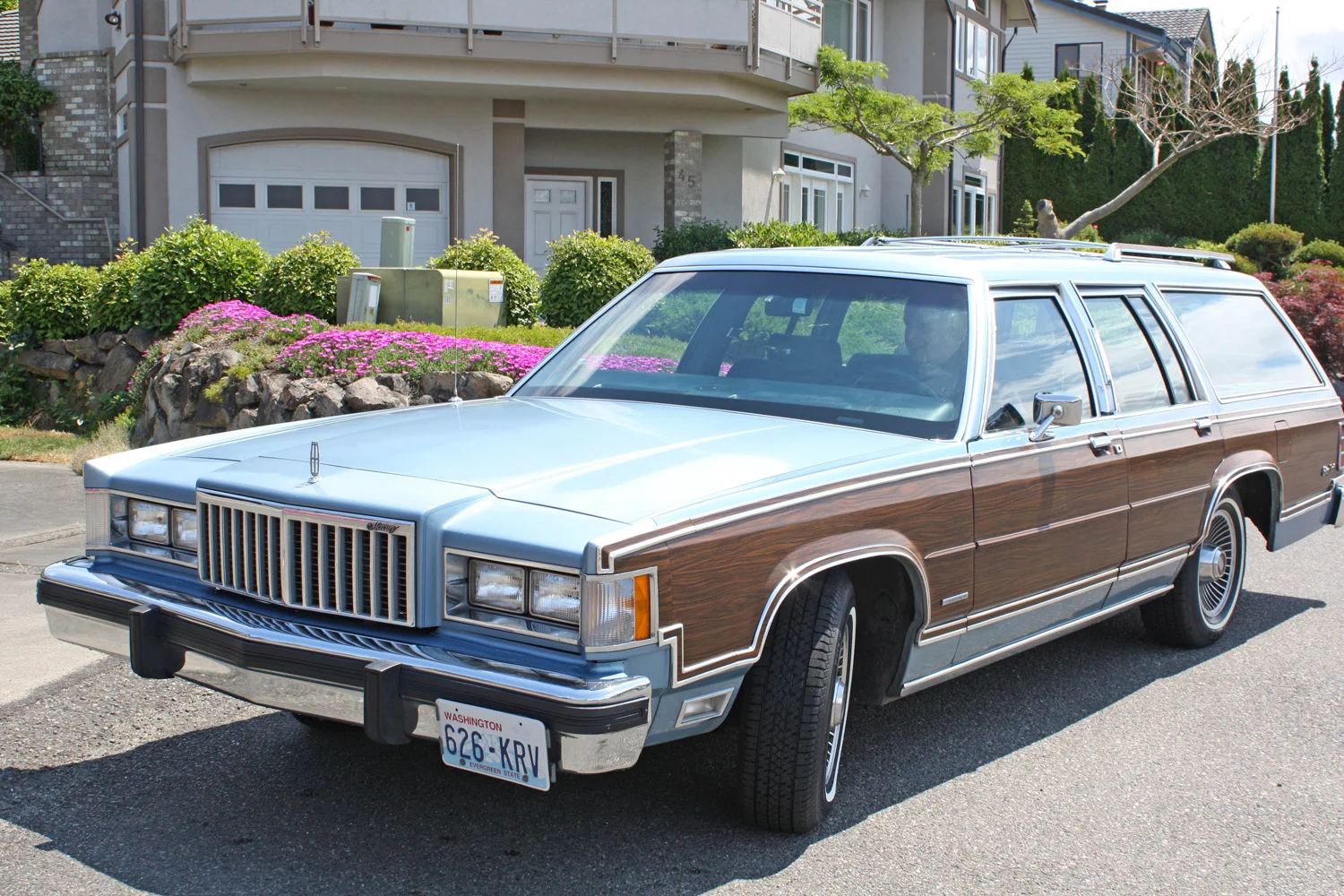
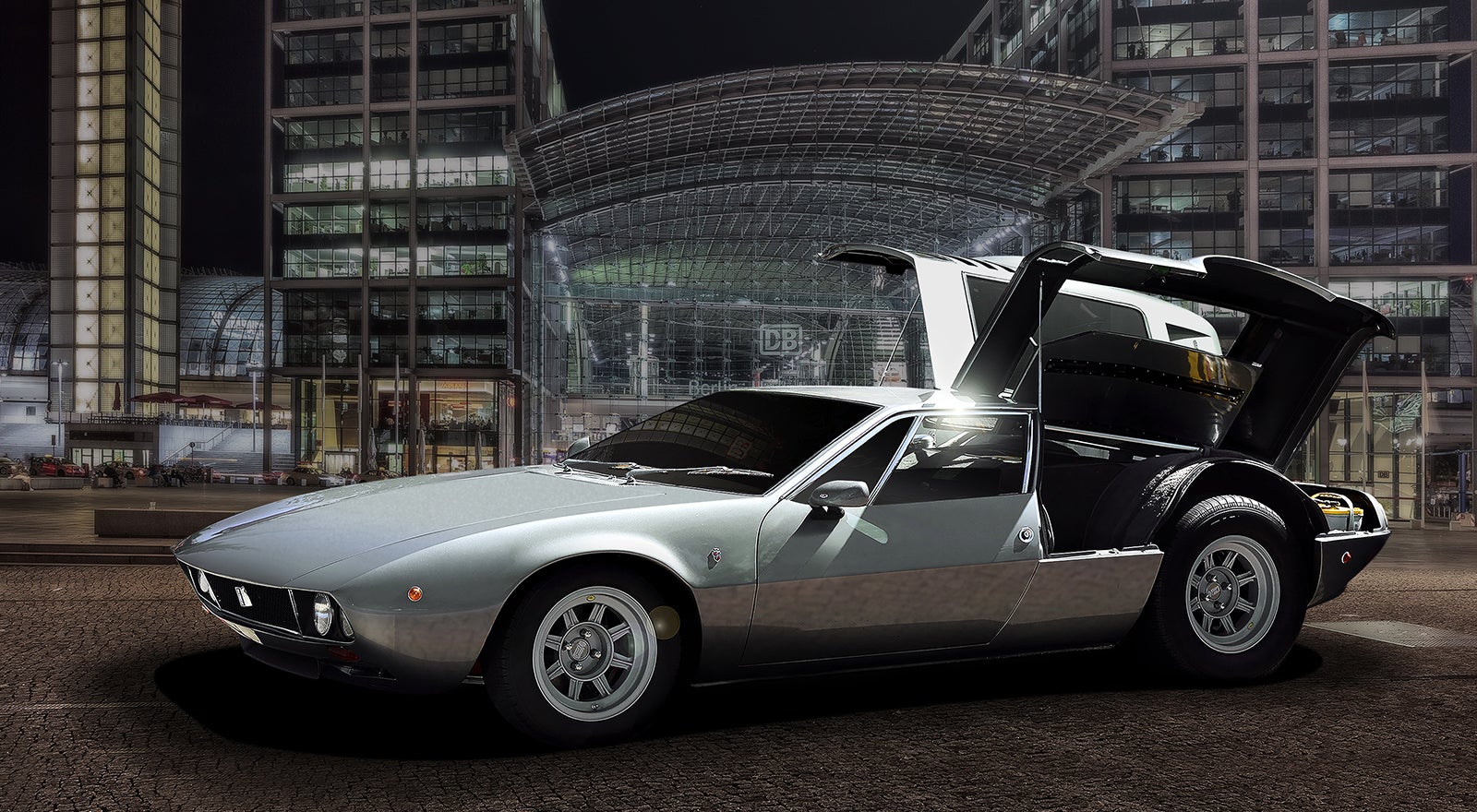


 production car introduced mid-year as a convertible performance model with a 310 horsepower fuel-injected V8 offered at the price of $5,782. Limited to one car per dealer, only 630 were sold. The following year, Pontiac marketed the Bonneville line as both luxury hardtops and convertibles. By 1959, Bonneville had replaced the Star Chief line as Pontiac’s top series.
production car introduced mid-year as a convertible performance model with a 310 horsepower fuel-injected V8 offered at the price of $5,782. Limited to one car per dealer, only 630 were sold. The following year, Pontiac marketed the Bonneville line as both luxury hardtops and convertibles. By 1959, Bonneville had replaced the Star Chief line as Pontiac’s top series.